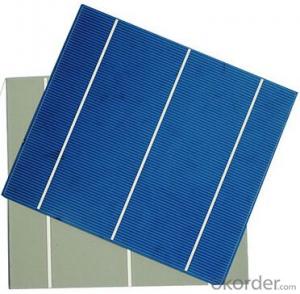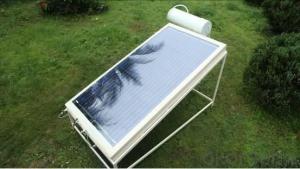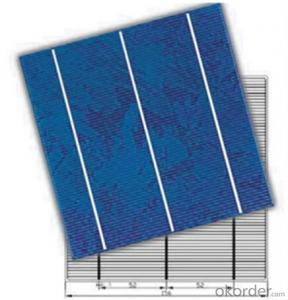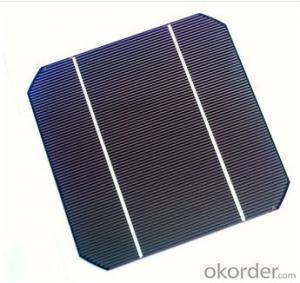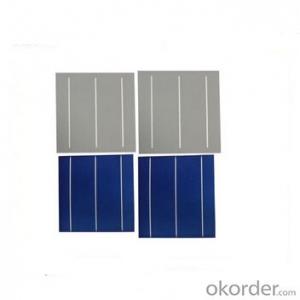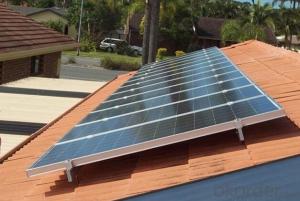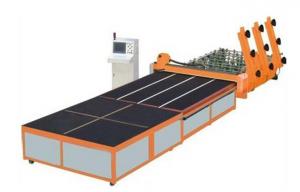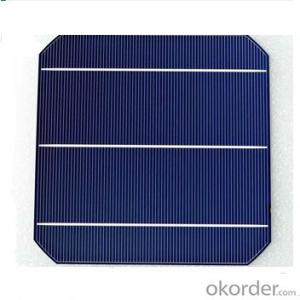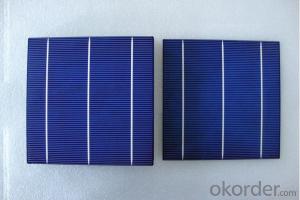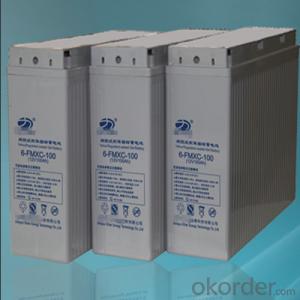All Categories
- - Steel Wire Rod
- - Steel Coils
- - Steel Profiles
- - Steel Pipes
- - Stainless Steel
- - Tinplate
- - Special Steel
- - Steel Sheets
- - Steel Rebars
- - Steel Strips
- - Hot Rolled Steel
- - Cold Rolled Steel
- - Pre-painted Steel
- - Seamless Steel Pipe
- - Welded Steel Pipe
- - Hollow Steel Tubes
- - Galvanized Pipe
- - Stainless Steel Coil
- - Stainless Steel Sheet
- - Stainless Steel Plate
- - Stainless Steel Strips
- - Electrolytic Tinplate Coil
- - Electrolytic Tinplate Sheet
- - Stainless Steel Rebars
- - Solar Panels
- - Solar Water Heater
- - Solar Related Products
- - Solar Inverter
- - Solar Cells
- - Solar Light
- - Solar Energy Systems
- - Solar Controllers
- - Solar Mounting System
- - Solar Pump
- - Solar Chargers
- - Fiberglass Chopped Strand
- - Fiberglass Mesh Cloth
- - Composite Pipes
- - FRP Pultrusion Profiles
- - Fiberglass Mat Tissue
- - Fiberglass Fabrics
- - Fiberglass Mesh
- - Composite Tank
- - Fiberglass Mesh tape
- - Polymer
- - FRP Roofing Panel
- - Fiberglass Roving
- - Monolithic Refractories
- - Ceramic Fiber Products
- - Refractory Bricks
- - Raw Materials For Refractory
- - Suspended Platform
- - Cranes
- - Concrete Machinery
- - Earthmoving Machinery
- - Building Hoist
- - Road Building Machinery
- - Plastic Pipe Fittings
- - Plastic Tubes
- - Plastic Sheets
- - Agricultural Plastic Products
- - Plastic Nets
 All Categories
All Categories
Q & A
What are the environmental benefits of solar cells?
Solar cells have numerous environmental benefits. Firstly, they produce electricity by converting sunlight into energy, which means they generate clean and renewable power. This reduces our reliance on fossil fuels and decreases greenhouse gas emissions, helping to mitigate climate change. Additionally, solar cells do not release any pollutants or harmful emissions during operation, unlike traditional power plants. They also require minimal water for maintenance, conserving this valuable resource. Furthermore, the production and installation of solar cells can create job opportunities, contributing to sustainable economic growth. Overall, solar cells offer a sustainable and environmentally friendly solution for meeting our energy needs.
How do solar cells perform in areas with high winds?
Solar cells can perform well in areas with high winds as long as they are properly installed and secured. The structural design and mounting techniques can ensure that solar panels remain stable and withstand the impact of strong winds. Additionally, advancements in technology have led to more robust and wind-resistant solar panel systems, making them suitable for various weather conditions.
What is the role of light trapping structures in solar cells?
Light trapping structures in solar cells play a crucial role in enhancing the absorption of sunlight and increasing the efficiency of the solar cells. These structures are designed to trap and redirect light within the solar cell, increasing the path length of the light and maximizing its interaction with the active layer where energy conversion takes place. This enables the solar cells to capture a greater amount of sunlight and convert it into electricity, ultimately improving the overall performance of the solar cell.
What is the cost of installing solar cells?
The cost of installing solar cells can vary depending on several factors such as the size of the installation, the quality of the solar panels, the complexity of the installation process, and any additional equipment or services required. However, on average, the cost of installing solar cells can range from $10,000 to $30,000 for a residential installation, and significantly higher for larger commercial installations. It's important to consult with a professional solar installer to get an accurate estimate based on your specific needs and location.
Wholesale Solar Cells from supplier in Afghanistan
Whether you are looking for solar cells for residential, commercial, or industrial purposes, we have a wide range of options to meet your specific requirements. Our solar cells are of the highest quality, ensuring long-lasting performance and maximum energy efficiency.
In addition to our extensive product range, we also offer comprehensive services to facilitate your solar cell procurement process. Our team of experts is available to assist you in selecting the right solar cells for your project, providing technical support, and offering guidance throughout the installation and maintenance process.
As a subsidiary of CNBM, a Fortune Global 500 company, we have the resources and expertise to deliver reliable and efficient solar cell solutions. Our strong presence in the Afghan market allows us to understand the unique challenges and requirements of the region, enabling us to provide tailored solutions that best suit your needs.
We pride ourselves on our commitment to customer satisfaction and strive to exceed your expectations. With our reliable products, comprehensive services, and valuable insights, we are your trusted partner for solar cell procurement in Afghanistan. Contact us today to learn more about our products and services and how we can support your solar energy projects.
In addition to our extensive product range, we also offer comprehensive services to facilitate your solar cell procurement process. Our team of experts is available to assist you in selecting the right solar cells for your project, providing technical support, and offering guidance throughout the installation and maintenance process.
As a subsidiary of CNBM, a Fortune Global 500 company, we have the resources and expertise to deliver reliable and efficient solar cell solutions. Our strong presence in the Afghan market allows us to understand the unique challenges and requirements of the region, enabling us to provide tailored solutions that best suit your needs.
We pride ourselves on our commitment to customer satisfaction and strive to exceed your expectations. With our reliable products, comprehensive services, and valuable insights, we are your trusted partner for solar cell procurement in Afghanistan. Contact us today to learn more about our products and services and how we can support your solar energy projects.

